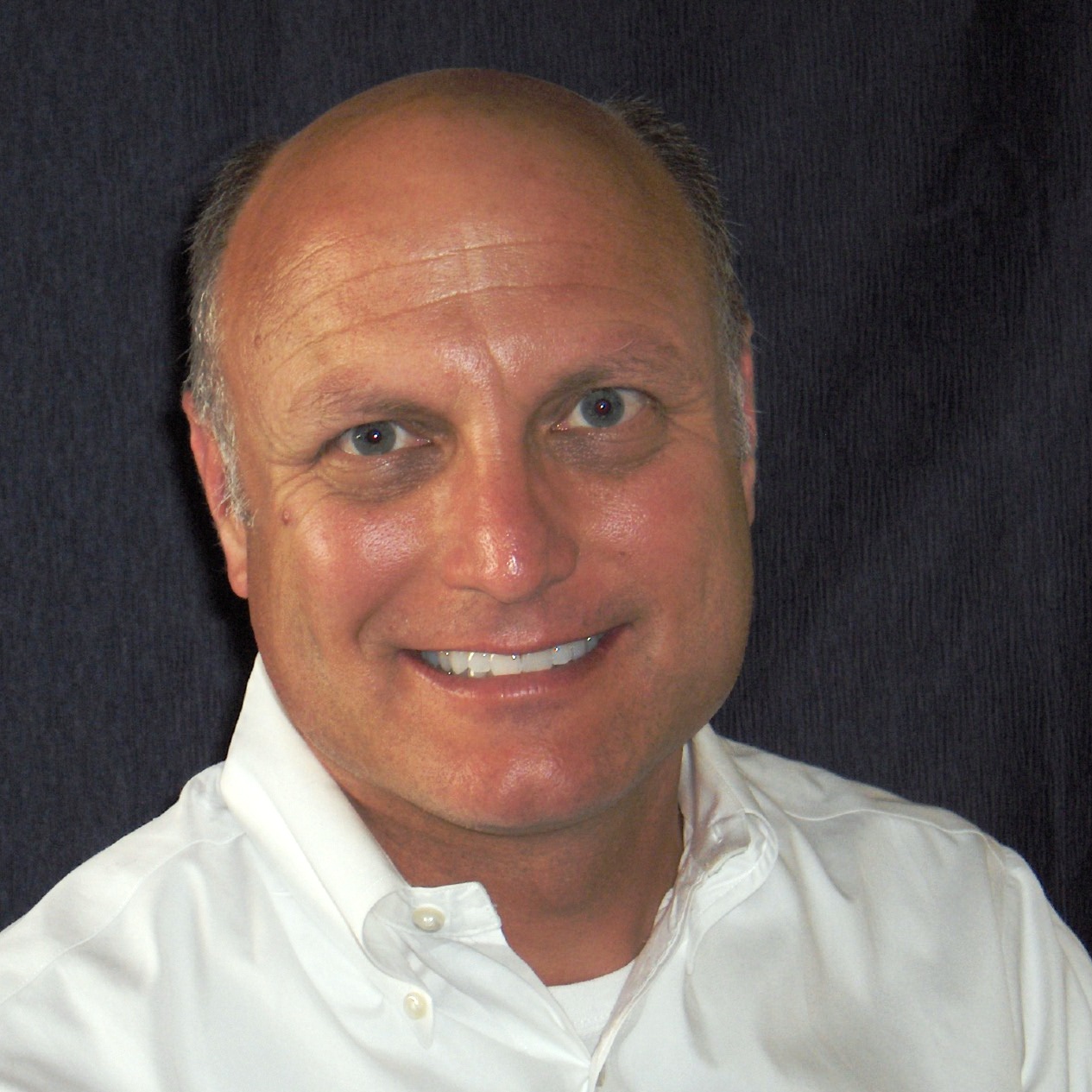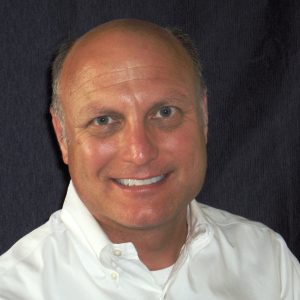
 Finding Your Purpose in the Profession of Architecture with Michael Bernard of Virtual Practice Consulting
Finding Your Purpose in the Profession of Architecture with Michael Bernard of Virtual Practice Consulting
When we decided to become architects, there was no doubt it was sparked from a desire to design. Maybe you love to draw, paint or build. Maybe someone recognized your talents and guided you toward architecture. All through architecture school and through your career, the definition of architecture revolves around the idea of design. Architecture is so much more than design.
Your place in architecture may not be in design.
This week on EntreArchitect Podcast, Finding Your Purpose in the Profession of Architecture with Michael Bernard of Virtual Practice Consulting.
Background
Michael is the founder of Virtual Practice Consulting, where he provides strategic advice to design and construction firms. He collaborates with firm leaders to assure effective growth, enrollment in mission and vision, development of growth models, strategic business development, and mentoring staff to become effective project leaders. Michael’s clients include architects, builders, structural engineers, landscape architects, and more. He’s been the adjunct professor in the architecture department at the California College of Art in San Francisco since 2006 and has served as a director on the board of the San Francisco chapter of AIA and on the board of the AIA California Council. He’s led several committees and served as architect advisor to the academy for emerging professionals at the AIA San Francisco.
Michael’s Origin Story
Michael discovered architecture as a 10 year old when he was inspired by house plan magazines at the supermarket and built 3D models as a child. In college, he studied psychology with the intent of becoming a clinical psychologist. While he was teaching French to exchange students during summer school, a colleague noticed him sketching and asked if he’d ever thought of architecture as a profession.
Instead of applying for graduate school in psychology, he applied for architecture. A light came on and he realized his innate design talent had just been sleeping.
Michael started in design and worked for Charles Moore in Los Angeles. After some time, he went to work for a larger technical firm because he wanted to learn what the underpinning was of design. Over the course of his career, he always wanted more. He finally realized that what he loved most about architecture is the creative team that makes a project happen.
How long did it take you to realize where you wanted to be?
Michael always went back to the conversations in the studio. Those conversations were what really stick in his memory. The critical thinking was way more interesting to him than the drawing. The process of hearing people discuss what they love was so important to him.
He had the revelation over 20 years into his practice that virtual practice would bring a different way to engage. He felt a confidence in thinking differently about the practice of architecture. While architects are poised to be incredibly entrepreneurial, free-thinking and liberal, often we define ourselves so narrowly. Given the way we’re tied to the cost of construction and other social aspects, we have the opportunity to think more broadly. However, we treat ourselves so narrowly that we insecurely define what architecture is.
If we’re only about design, does anyone else matter? Are people who think more broadly to be excluded? Does design as visual art trump everything else?
Was there a moment in your career where you were working in design and it clicked that you needed to do something else or was it more of an evolution?
When Michael was managing a small firm and focused on the business side of practice away from the design side, he heard from a lot of other people who were interested in doing the managing principal thing.
Through word of mouth, he built a client list of several hundred people who he works with on various aspects of practice. People saw the value in what Michael was doing and wanted to get in on it.
Where did you decide to break off and expand into Virtual Practice Consulting?
It wasn’t until the lightbulb came on that others were interested in what he was doing. Michael didn’t know what he was doing, there was no name or label to proceed him. When someone reached, he had the chance and opportunity to create a self driving business.
First Michael talks through the idea throughly; what’s the mission and vision of the company? Instead of attaching to the safety of designing, Michael proposes that firms think more broadly about the firm itself as the design project.
What are some steps for someone in the position you were in to take to move toward confirming what they think their purpose might be?
The first step is to acknowledge at the very essence of yourself that you want to lead is the core. When Michael realized what he really wanted was that he wanted to leave his own practice, he knew he didn’t have to follow anymore.
However, if that yearning creates bitterness, the opportunity is there to abandon that feeling and just acknowledge that you want to leave whatever you’re doing and find a different way to express yourself. Don’t let yourself be defined narrowly.
If someone came to you with a problem, what steps do you go through with them?
Michael starts with nuts and bolts with the goal of moving to heart and soul. He listens a lot to find out what their issues are that are affecting them the greatest. In the initial intake, he begins by finding out the dynamics of the firm.
Every project has four corners: a scope of work, a schedule, a design fee budget, and construction costs. When one of the corners gets out of whack, it has to be adjusted. Michael can look at the cost of the firm and figure out the maximum revenue generation capability compared to their overhead costs. By looking at the projects and the cost to produce them, what’s the vision of the firm? Once we have that, the client can think about who they are, who’s with them, what that group does, and who they do it for. That baseline helps to figure out where they can go next.
What are things we can be focused on to allow us to take advantage of opportunities to be entrepreneurial?
Michael had a talented student who left college during the recession. He was preparing renderings for a major utility for a site where they’d removed a power plant. Michael mentored him how to prepare his portfolio and engage in a design project not in architecture, but planning for this utility. In the last 9 years, he’s created a space for himself where he brings in global architects to design power plants and sub stations for the utility facility. He’s practiced architecture as a leader at the highest level by bringing the right designers to the right project, putting teams together, looking at construction drawings, thinking deeply about the importance of infrastructure.
He thought outside the box instead of being constrained by the narrow quantifications of practice. He does everything an architect would do in a totally different context, but he practices at an extremely high level.
What is the one thing that small firm architects can do today to build a better business tomorrow?
“Be authentic. Really pay attention to your inner voice of how to lead. So often as architects we find our role to be reactive. Being authentic and stepping into leadership will make a great firm.” – Michael Bernard, Virtual Practice Consulting
Connect with Michael online at V-PracticeConsulting.com or on LinkedIn.
Visit our Platform Sponsors
Freshbooks is the easy way to send invoices, manage expenses, and track your time.
Access your free 30 day trial at EntreArchitect.com/FreshBooks. (Enter EntreArchitect)
Core by BQE Software is a brand new software designed specifically for architect’s project management!
Get a free 15-day trial at EntreArchitect.com/BQE.
ARCAT has huge libraries of free content, Specs, CAD, BIM and more. No registration required. Want to collaborate with colleagues in real time?
Visit EntreArchitect.com/ARCAT and click Charrette for more information.
Gusto is making payroll, benefits, and HR easy for small firm architects. Get an exclusive, limited time detail. Sign up today and get three months free.
Visit EntreArchitect.com/Gusto and claim your free three months today!
Referenced in this Episode
Download the Profit For Small Firm Architects course for FREE.
Leave a Rating and Review at iTunes
EntreArchitect Membership
Visit the home page at EntreArchitect.com to join now.
EntreArchitect GetFocused Course
As a small firm architect, you work in so many roles and have dozens of responsibilities. How is it possible to make any progress? What tasks should you be focusing on? Want to learn how to get focused and stay focused? EntreArchitect GetFocused Course helps you build a productivity system that works for you. Learn more at EntreArchitect.com/GetFocusedNow.

Leave a Reply